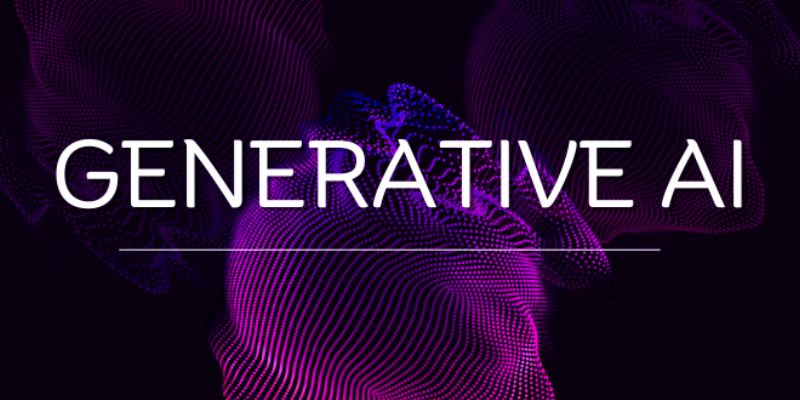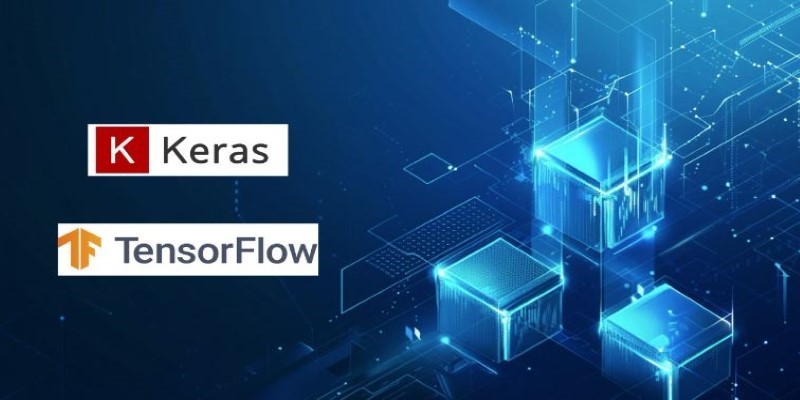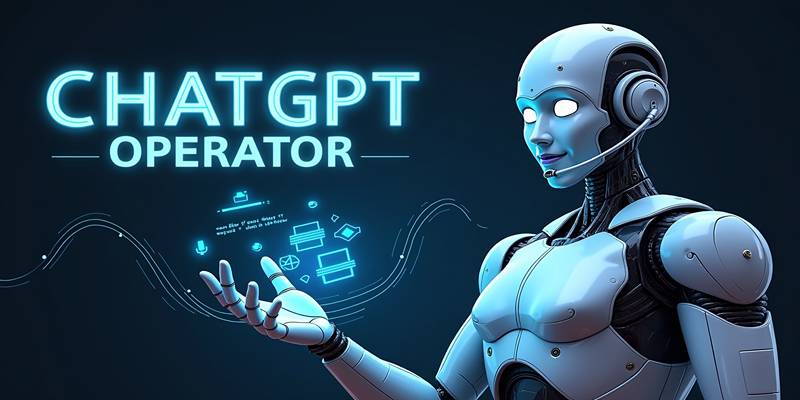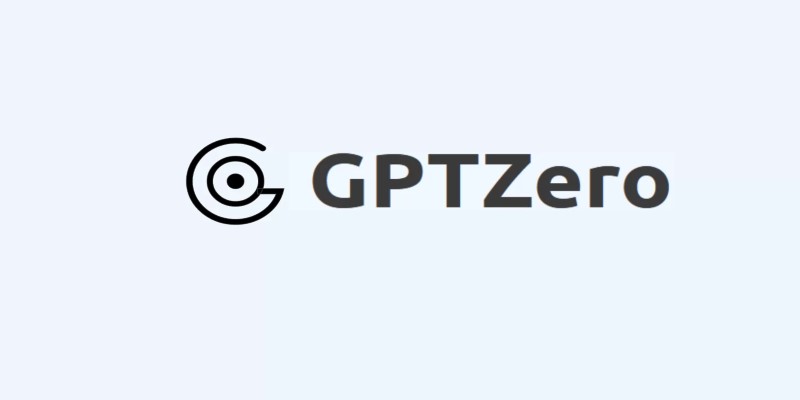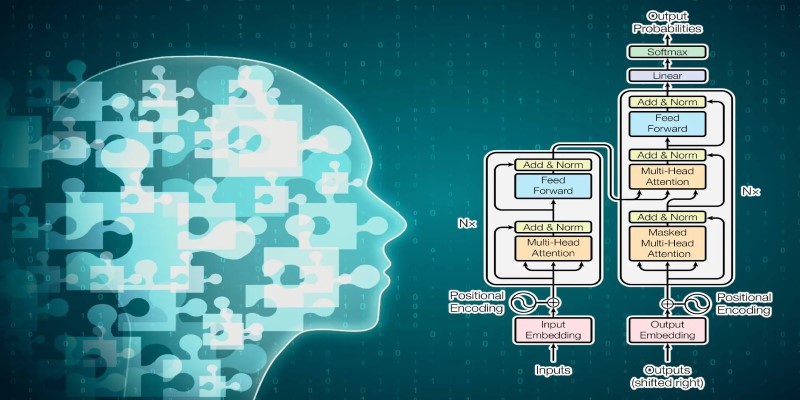Large language models have come a long way in a very short time. Not too long ago, AI seemed like a behind-the-scenes tool, something engineers talked about, but the rest of us barely noticed. Now? It's doing everything from summarizing medical studies to writing poetry. And in 2024, the latest generation of models has taken a noticeable leap in performance, versatility, and how naturally they respond. But before we explore the best ones available right now, let's get clear on what we're looking at.
What Makes a Language Model Stand Out?
All LLMs are trained to understand and produce human language. But not all of them are great at sounding human. The strongest models in 2024 do more than just fill in blanks or spit out keywords. They understand nuance, remember context, and keep up a consistent tone. Some are better at reasoning, some are faster, and others are trained with specific goals in mind, like coding or education.
What also sets the top models apart is how well they respond across different tasks. One model might write a clear summary of a legal document, while another might turn a list of rough notes into a polished blog post. The best ones don’t just answer — they adapt. That means fewer edits, smoother conversations, and results that feel more like they came from a person who understands the job, not just the words.
Now, let's check out the models that are actually worth knowing about this year. Each one here does something different — and that’s exactly the point.
GPT-4 Turbo (OpenAI)
This one’s probably the most talked about. GPT-4 Turbo isn’t just faster than the standard GPT-4 — it’s more efficient with longer memory, which means it can handle bigger tasks without forgetting what you said earlier. It’s being used across education, writing, support, and even coding. A big bonus? It’s trained with data up until late 2023, so it feels current without sounding robotic.
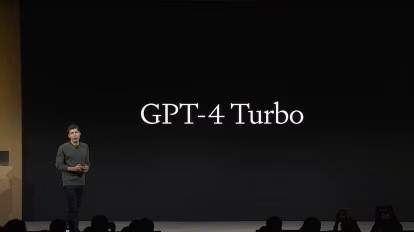
Users appreciate how it balances personality with precision. It can go casual or professional depending on the input, and it rarely veers off track mid-response. It also happens to be the backbone of ChatGPT Pro, which a lot of people are already using.
Claude 3 (Anthropic)
Claude has always been known for being careful — not in a boring way, but in a way that keeps answers clean, safe, and steady. With Claude 3, it feels smoother and more tuned in to longer conversations. If you give a few examples of what you're looking for, it gets better as you go.
It’s used by companies that need consistent tone and clarity — think tutoring platforms, writing help, and customer support. What’s noticeable is how it avoids guessing when it doesn’t know something. Instead, it gently tells you when it's unsure. That kind of honesty goes a long way.
Gemini 1.5 (Google DeepMind)
Gemini is Google’s answer to the growing LLM world, and version 1.5 brings in serious upgrades. It works across text, images, and even code. Unlike earlier versions, this one can manage thousands of lines of input — whether it’s a long document or a technical manual. That makes it helpful for research, legal work, and anywhere context really matters.
Gemini doesn’t just summarize. It points things out, highlights key pieces, and explains things like it knows you’re a person, not a robot. And for those using Google Workspace? Gemini fits right into Docs and Sheets without needing a separate platform.
Mistral 7B & Mixtral (Mistral)
These models are smaller but smarter than they look. Mistral 7B is an open-weight model that’s easy to run locally, while Mixtral uses a clever method called mixture-of-experts. In plain terms, Mixtral doesn’t use the whole model every time — just the parts it needs — so it’s faster and uses fewer resources.
What people like is how these models offer real power without needing massive servers. Developers, researchers, and startups use them for projects that need privacy or run offline. Despite the size, the output stays sharp, readable, and surprisingly well-structured.
Command R+ (Cohere)
Command R+ is optimized for retrieval-augmented generation (RAG). If you're not familiar with it, that just means it pulls in outside information to improve answers — perfect for industries that rely on fast, fact-based output. Think tech support, knowledge bases, and finance tools.
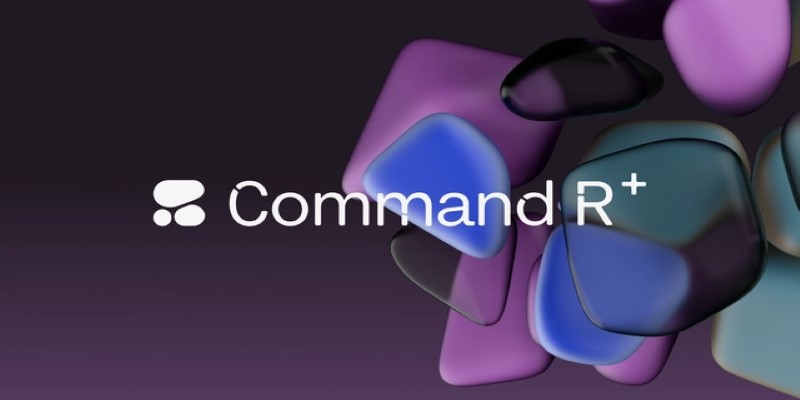
It’s not trying to be poetic or creative. Instead, it’s laser-focused on speed and precision. If you give it documents, articles, or instructions, it brings them together clearly. The benefit? You get accurate info in less time — no filler, no extra fluff.
LLaMA 3 (Meta)
Meta’s newest LLaMA model focuses on openness. LLaMA 3 supports both casual users and developers looking to train their versions. It's open-weight, so you’re free to run it, tweak it, or even build apps on top of it without needing Meta’s servers.
What makes LLaMA 3 special is its balance between performance and freedom. It's good at following directions, writing clean copy, and summarizing without sounding too stiff. And since it's designed to work offline, too, privacy-minded users finally have a solid option that doesn't cut corners.
Closing Thoughts
Language models aren’t just background tech anymore. They’re part of how we search, write, research, and create. Whether you want something fast and flexible, slow and careful, or private and customizable, there’s an option in 2024 that actually fits. It’s not about finding the “best” one — it’s about picking the one that makes the most sense for what you need. These six models show just how far this space has come. And the pace? It’s not slowing down. Smarter tools are showing up in more places. It’s a good time to find one that works the way you do.

